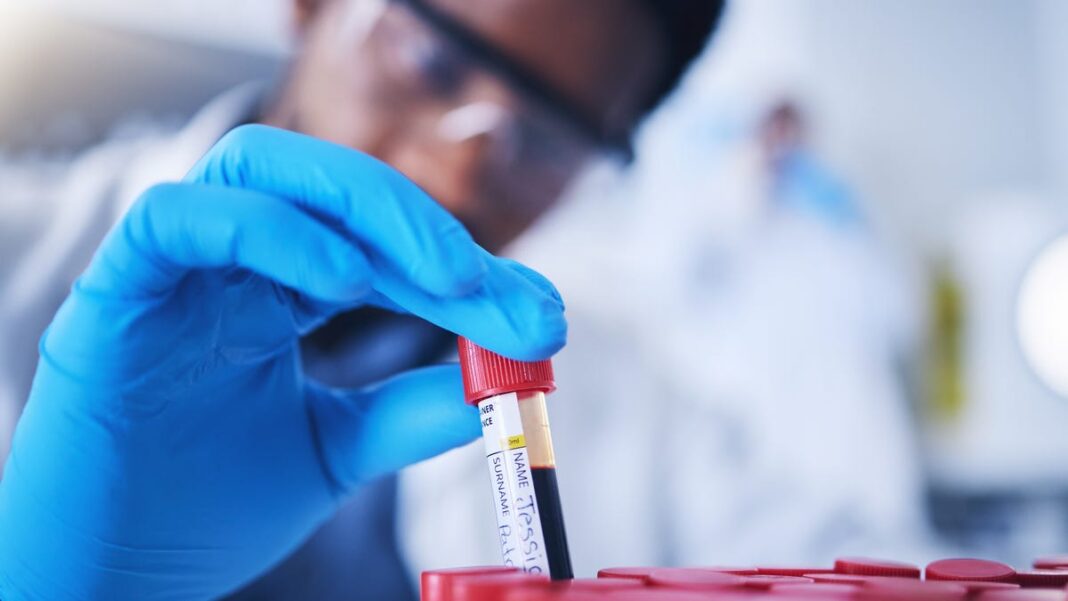Feeling constantly fatigued? Iron deficiency could be the culprit.
Initially, addressing an iron deficiency might seem trivial, but it can significantly impact your well-being, giving you a sense of empowerment and control over your health. Restoring iron levels in your body can alleviate feelings of depression, minimize migraines, enhance stamina, and elevate energy levels.
Iron is essential for the proper function of nearly every cell in the body. It plays a critical role in various bodily functions, such as transporting oxygen through the bloodstream. Additionally, it is vital for energy production and protein synthesis and is found in red blood cells, bone marrow, muscles, and the brain.
What leads to iron deficiency, and why is it crucial to address it? Here’s what you should know.
What leads to low iron levels?
Iron deficiency can arise from a variety of factors, and they can be categorized into two main types: “Either we aren’t getting sufficient iron from our diet, or we are losing it faster than our body can absorb it from food,” explains Dr. Julia Cunningham, a benign hematologist at MedStar Georgetown University Hospital.
Individuals who menstruate are at a higher risk of developing iron deficiency and iron deficiency anemia, according to Dr. Annette von Drygalski, a certified hematologist and director of the Center for Bleeding and Clotting Disorders at UC San Diego Health. Recent studies estimate that 40% of girls and young women aged 12 to 21 in the US experience iron deficiency, primarily due to menstruation. Additionally, pregnancy and childbirth can lead to iron deficiency since a significant amount of iron is absorbed by the developing fetus.
Conditions that cause bleeding, such as gastrointestinal bleeding, polyps, and cancers, can also exacerbate iron deficiency, says von Drygalski. Other sources of bleeding, such as ulcers and hemorrhoids, can contribute to decreased iron levels.
“Children may develop iron deficiency if their nutritional intake does not meet their growth requirements,” adds Dr. Casey O’Connell, a hematologist and associate professor of Clinical Medicine at Keck Medicine of the University of Southern California. As children grow, their tissues and blood cell count increase, necessitating higher iron requirements.
Autoimmune disorders impacting the gastrointestinal tract can hinder iron absorption, even if the diet is rich in iron, notes Dr. Danielle Nance, a hematologist and co-director at Banner MD Anderson Cancer Center.
Diet plays a crucial role in maintaining adequate iron levels in the body. “Some individuals consume diets that lack sufficient iron, leading to gradual iron deficiency,” states Cunningham.
What are the signs of iron deficiency?
Weakness, fatigue, and dizziness are among the most prevalent symptoms of iron deficiency, according to Nance. It may also lead to shortness of breath and exacerbate chronic conditions like depression. Iron deficiency can impact your mood, concentration, and quality of sleep.
Iron deficiency anemia can worsen fatigue and shortness of breath, cause heightened sensitivity to cold, hair loss, pallor, and changes in fingernails, states Cunningham. Additionally, it has been associated with restless leg syndrome, adds von Drygalski.
It’s vital to recognize that “the signs and symptoms of iron deficiency and anemia are generally non-specific,” cautions Cunningham. The unique indicator of iron deficiency anemia, which does not appear in other types, is pica, a craving for non-nutritive items (like ice), she explains.
Iron deficiency often signifies other underlying health issues. Therefore, Cunningham strongly recommends annual blood tests to determine if your symptoms require further investigation.
How to address low iron levels
There are several methods to restore iron levels in the body. The right approach will depend on the cause of the deficiency and any underlying medical conditions, says Cunningham. For example, if someone has iron deficiency without gastrointestinal issues (indicating no absorption problems), taking oral iron supplements could be a good solution, she advises.
Common side effects of oral iron supplements include constipation and upset stomach, according to Cunningham.
While oral iron supplements can take up to six months to restore iron levels, intravenous (IV) iron provides quicker results, says von Drygalski. If someone experiences heavy menstrual bleeding or has gastrointestinal absorption issues, IV iron is often the preferred choice.
In severe cases of iron deficiency and anemia, when hemoglobin levels are critically low, a blood transfusion might be necessary. “However, we try to avoid that unless absolutely essential,” O’Connell notes.
For prevention, maintaining a balanced diet that includes iron-rich foods can help lower the risk of developing iron deficiency. Given that menstruation and pregnancy can significantly deplete iron stores, “women in their reproductive years should focus on consuming additional iron-rich foods to meet their increased nutritional needs.
“Iron is important,” Nance explains.
Moreover, contrary to common beliefs, people who follow vegetarian or vegan diets aren’t automatically at risk of iron deficiency, asserts von Drygalski. While it’s true that red meat offers a great amount of iron, there are numerous vegetarian options available. Good choices include dark leafy vegetables, beetroots, black beans, and lentils, according to Cunningham.

